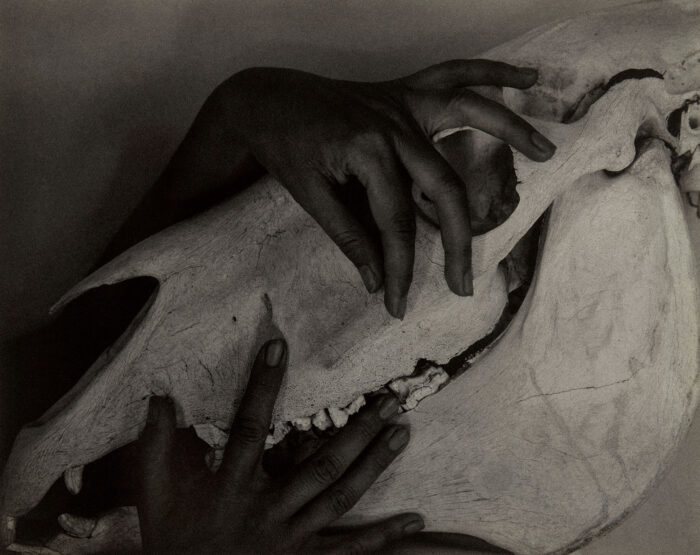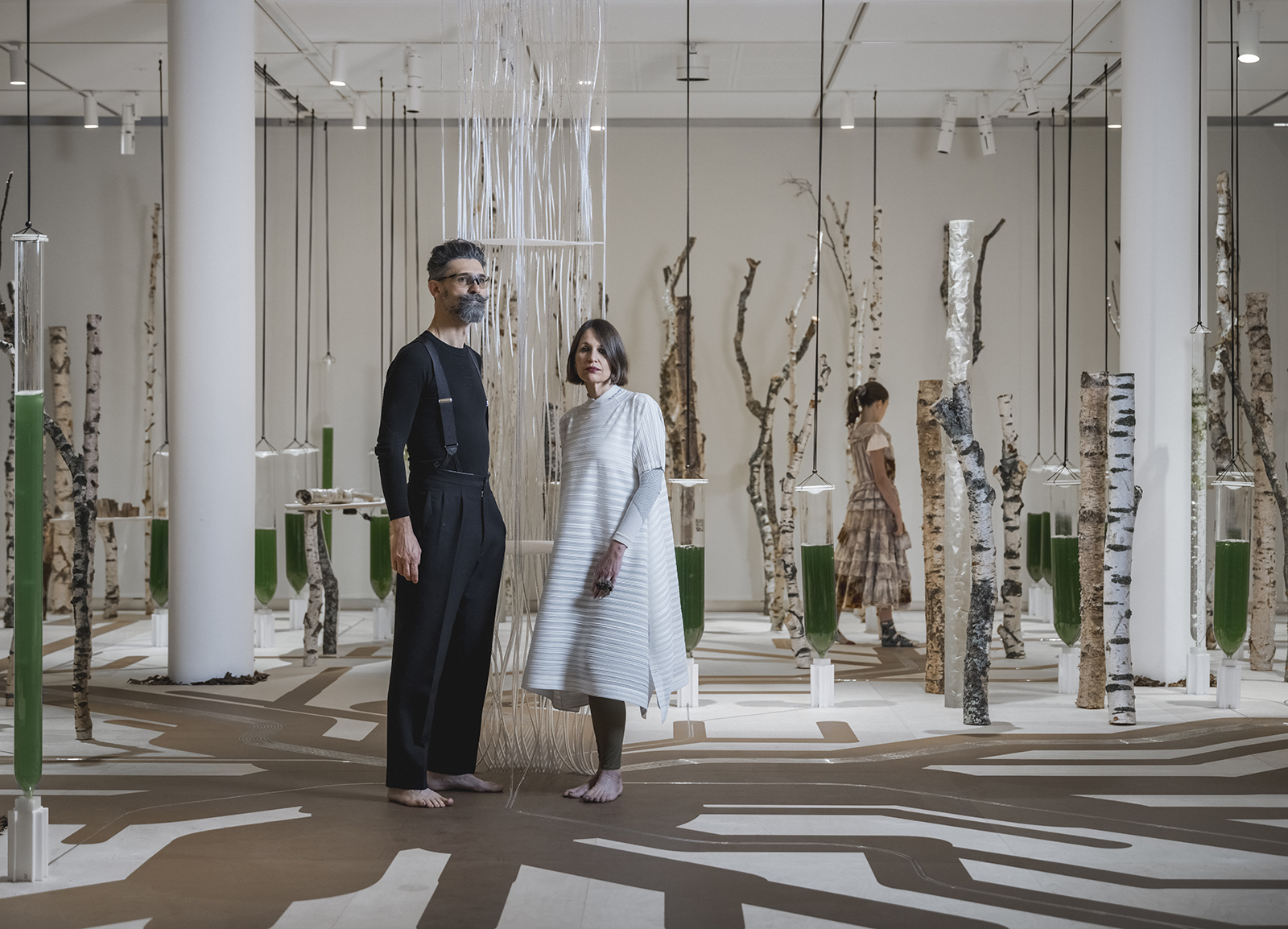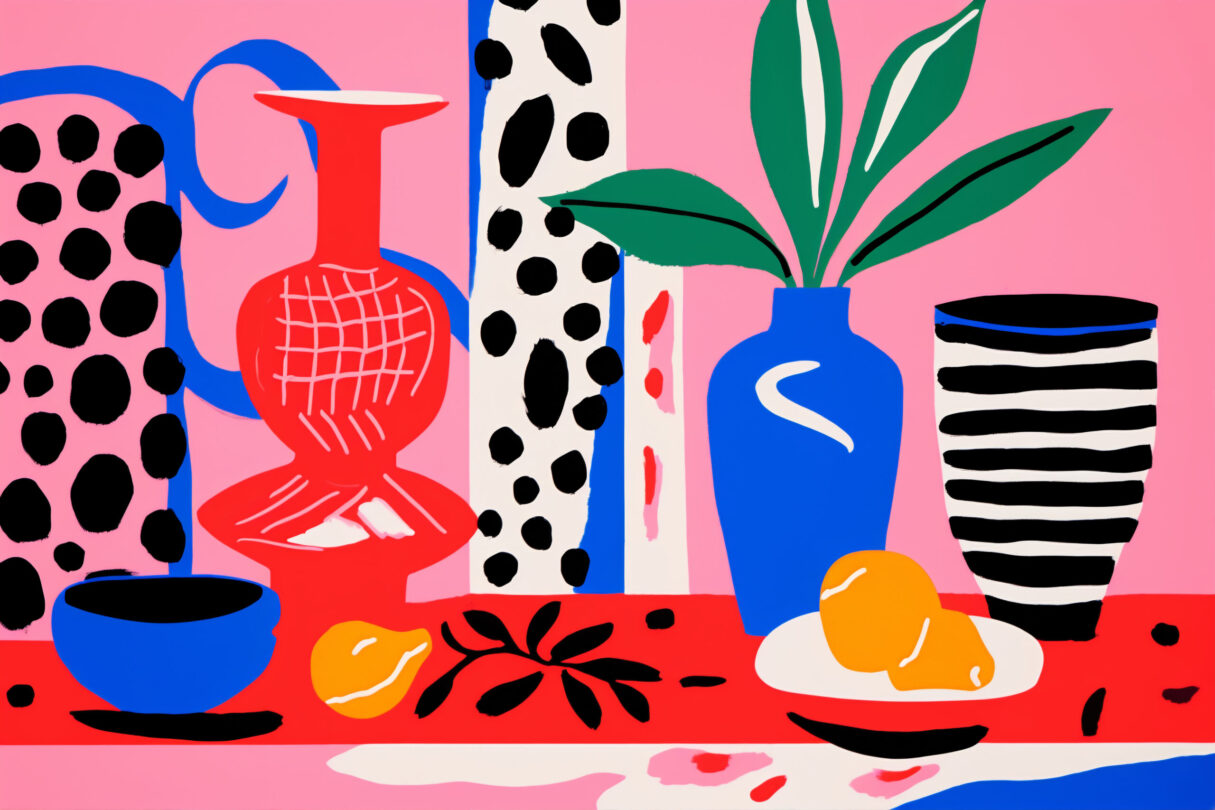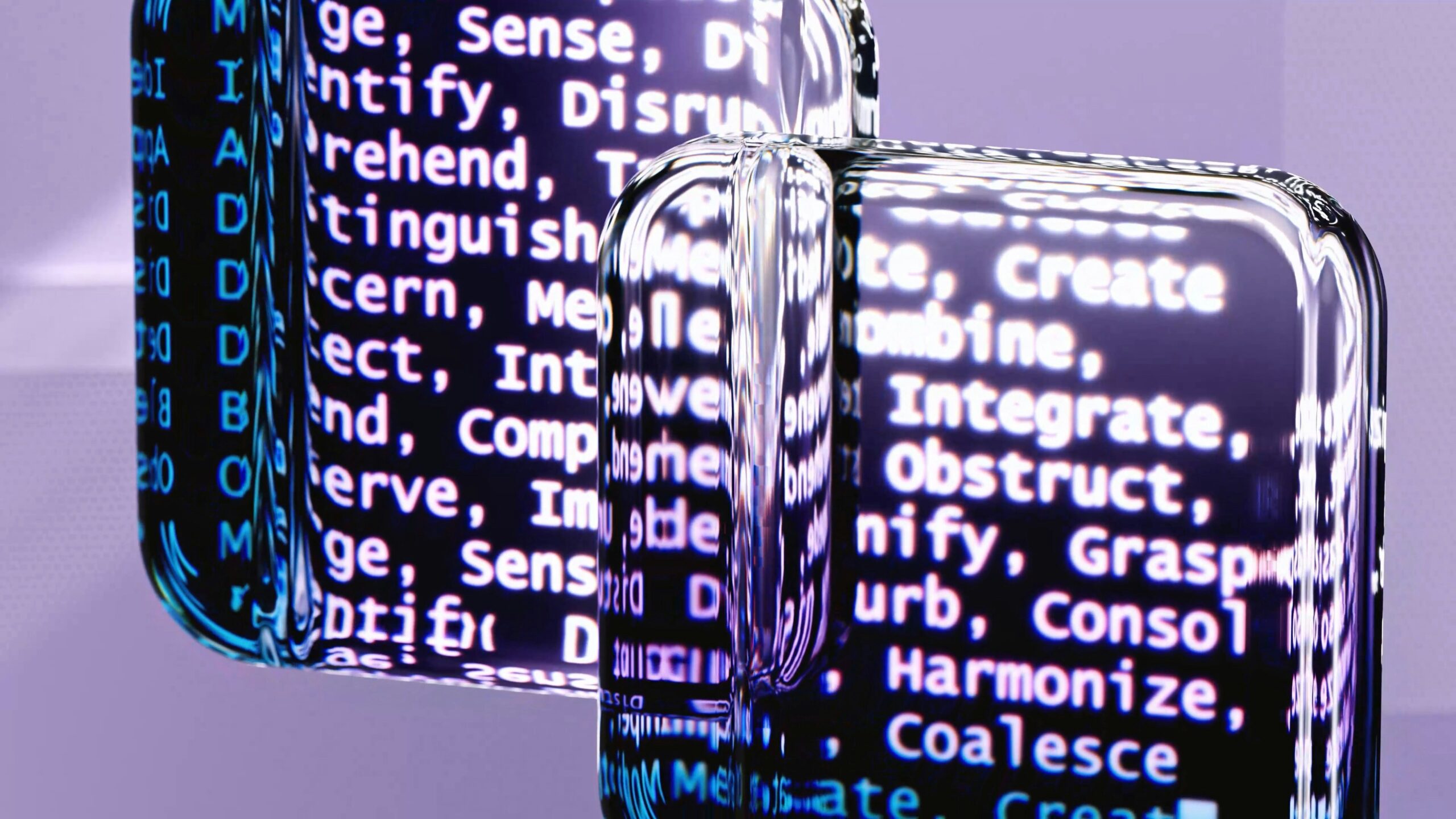The artist Georgia O’Keeffe, a pioneering figure in American art history, once remarked, “I have done nothing all summer but wait for myself to be myself again.” This quote encapsulates a profound internal struggle, one that resonates deeply with anyone who has ever felt lost within themselves. By reflecting the tension between the self as it is and the self as it aspires to be, a contradiction arises during periods of stagnation or transformation.

The act of waiting, as mentioned in the quote, implies a period of stillness, reflection and perhaps even frustration. O’Keeffe’s words suggest a hiatus in the creative process or in personal growth. A time when the usual flow of energy and inspiration has to come to a standstill. This experience is not uncommon. Especially for artists, which often face bouts of self-doubt and periods where their creative dwell seems to run dry. During these periods the perception of the self can feel distant, almost unrecognizable, leading to a longing for a state of authenticity and alignment with one’s true identity.
So better hands on? Or hands off?

Waiting for oneself to “be myself again” suggests that the true self is something dynamic, prone to change, and occasionally obscured by the passage of time or the weight of circumstances. O’Keeffe’s summer of waiting could be interpreted as a metaphor for any period of life where one feels disconnected from their core identity, where external pressures or internal conflicts have created a barrier between the individual and their true essence. The waiting, then, is not passive but rather an active, albeit frustrating, process of introspection and constant realignment.

About how many selfs are we talking?
The idea of “becoming oneself again” also implies that identity is something that can be lost and found, that it is not static and rather fluid. O’Keeffe’s words highlight the cyclical nature of self-discovery, where moments of clarity and purpose are followed by times of confusion and uncertainty. This cycle is a natural part of the human experience, and it is through these cycles that we grow and evolve. The waiting period, though uncomfortable, is often necessary for this growth, allowing us to confront the aspects of ourselves which needs to change in order for us to move forward.

To change or not to change?
Moreover, O’Keeffe’s quote touches on the theme of patience. In a world that often demands quick results and immediate gratification, the idea of waiting for oneself is a reminder that some processes cannot be rushed. Personal growth, healing, and the rekindling of creativity all require time, and sometimes the best thing we can do is to be patient with ourselves. O’Keeffe acknowledges the discomfort of waiting, but also the inevitability of it—an acceptance that one must endure this period in order to eventually emerge as a more authentic version of oneself.

In conclusion, Georgia O’Keeffe’s quote, “I have done nothing all summer but wait for myself to be myself again,” captures the essence of a deeply human experience: the struggle to reconnect with one’s true self during times of stagnation or transformation. It speaks to the challenges of creative and personal growth, the fluidity of identity, and the necessity of patience. Ultimately, O’Keeffe’s words remind us that the journey to becoming oneself is ongoing and that periods of waiting, though difficult, are an essential part of that journey.

















You must be logged in to post a comment.